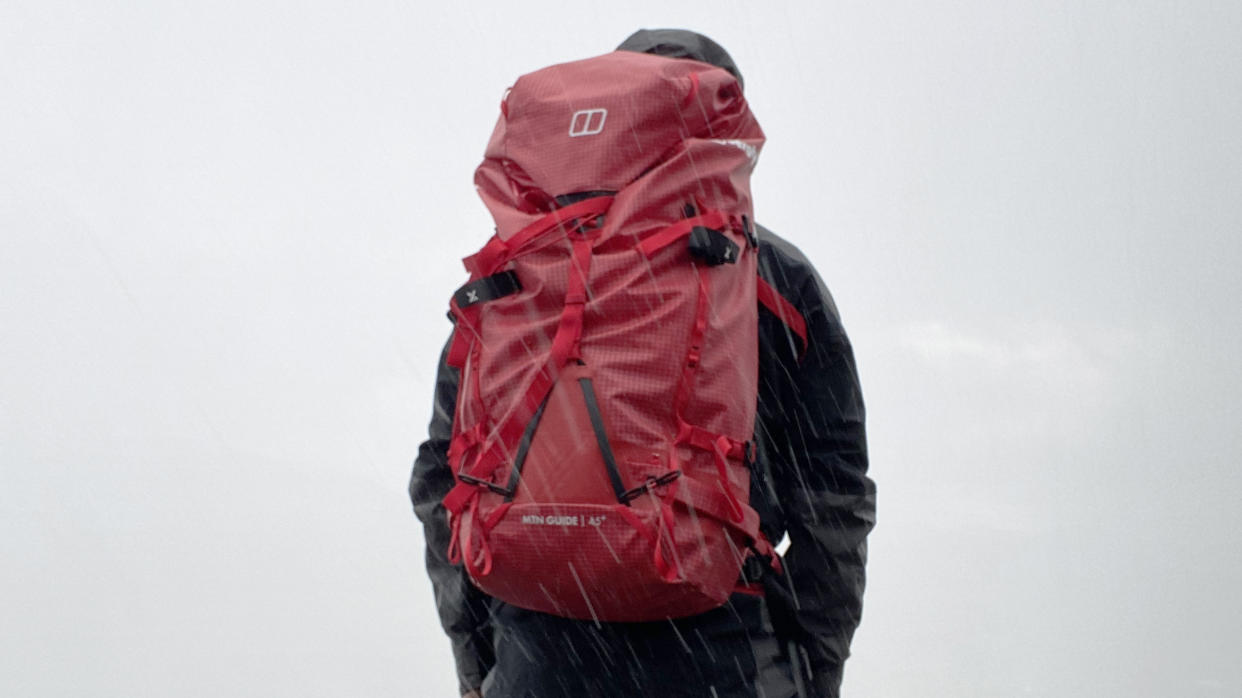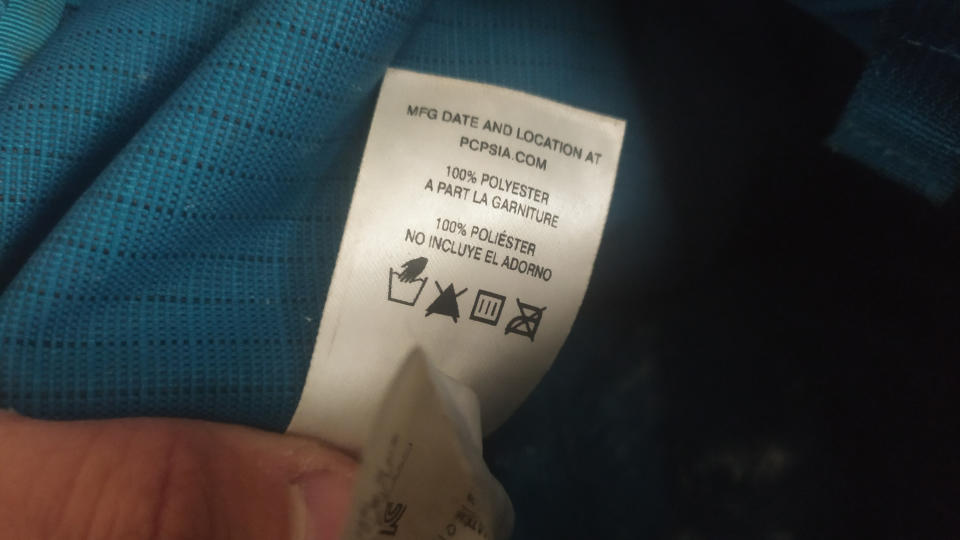How to clean a backpack: launder by hand and by machine

The new for 2024 Fjällräven Kajka 65 backpack arrived with a letter from CEO Martin Axelhed, introducing himself and saying that he'd "like to make a deal" with us. The arrangement he outlines is along the lines of this: if Fjällräven continune to make environmentally conscious and high quality, durable kit, can we also use said kit for as many years as possible, decades even, before getting it repaired and putting it to further use.
This is the sort of sustainable vision is rightly being championed right across the outdoor gear industry. This does mean that, during its lifetime, you're gonna have to give your backpack a little TLC from time to time.
While dirt and general wear and tear are the two biggest culprits in causing even the best hiking backpacks or best daypacks to look shabby, smell funky, and perform imperfectly long before their time, other factors can take their toll – sweat, skin oil, insect repellents, sunscreen, and tree sap can corrode the fabric, food and campfire smoke can bequeath them a mighty pong, and smooth-running zippers can become stubborn ones without occasional cleaning.
Our guide on how to clean a backpack will help you avoid all of the above and keep your pack in prime condition in the longer term, offering step-by-step instructions for washing your pack both by hand and in the machine. It works for all kinds of packs, from the largest expedition hauler to the smallest hydration pack.
Meet the expert
Today's best deals
How to clean a backpack: machine washing
Step 1: Check the label
Not all backpacks are machine washable. To avoid inadvertently killing your pack when you only meant to give it a clean, take a quick look at the tag before you send it for a spin.

Step 2: Prep your pack for washing
First, empty everything out of your pack, unzip the pockets, then turn it upside down, and give it a good shake to remove any dirt lodged in pockets or the base of the pack. If the pocket configuration is of the awkward kind, use your vacuum cleaner to finish off the job. If you happen to have a pack with a metal or wooden frame, make sure you remove this before washing, too.
Step 3: Prep your machine
Run your machine on an empty wash to clear any residual detergent from the previous wash
Step 4: Use a pillowcase
Place your backpack inside a pillowcase (or a laundry bag, if you have one) before throwing it in the machine. This will prevent the shoulder and compression straps (see: Parts of a backpack) getting caught and tearing during the wash.
Step 4: Wash
Set your machine to a lukewarm, gentle wash to avoid harming any protective coatings on the pack, drop in a gentle detergent, and let the cleaning begin!
Step 5: Dry
Remove the pack from the pillowcase and hang it upside down to dry, either in the shade outside or indoors. The most important thing is to avoid exposing it to direct sunlight because UV rays can degrade the fabric. Make sure your pack is completely dry before returning it to storage.

How to clean a backpack: hand washing
Step 1: Prep your pack
Empty your pack, give it a shake to remove dust, dirt, and debris, and vacuum inside the pockets if required. If needed, use a soft toothbrush to pre-scrub any particularly dirty patches on the pack and clean dust or dirt out of the zippers.
Step 2: Fill your bathtub
Fill your tub with lukewarm water. Water that’s too warm may damage the fabric or cause the colors to run; water that’s too cold might not remove more stubborn stains.
Step 3: Add detergent
Add a small amount of gentle detergent. The best detergents are fragrance- and dye-free. Avoid using fabric softener as this could damage the backpack’s materials and impair the DWR coating, if it has one (see: What is DWR?).
Step 4: Soak
Different backpack manufacturers offer different advice on how to clean their packs, with some advising full submersion and others recommending you soak only dirty areas on the pack. If submerging, give the pack a good swish around the water for 2/3 minutes to help remove the dirt and use a soft toothbrush or sponge to clean more stubborn stains.
Step 5: Dry
Hang your pack upside down to dry either in the shade or outside. As mentioned above, avoid exposing it to direct sunlight because UV rays can degrade the fabric. Make sure your pack is completely dry before returning it to storage to avoid the risk of it developing mold.

